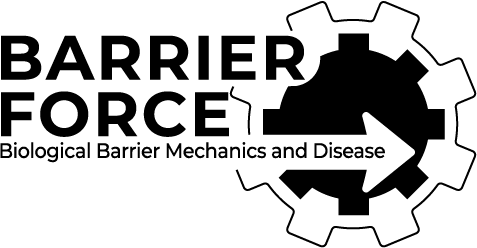Sonochemical Formation of FluorouracilNanoparticles:Toward Controlled Drug Deliveryfrom Polymeric Surfaces
Chytrosz-Wrobel, Paulina; Golda-Cepa, Monika; Kubisiak, Piotr; Kulig, Waldemar; Cwiklik, Lukasz; Kotarba, Andrzej
Abstract
Background: The use of nanotechnology in the production of medical equipment has opened new possibilities to fight bacterial biofilm developing on their surfaces, which can cause infectious complications. In this study, we decided to use gentamicin nanoparticles. An ultrasonic technique was used for their synthesis and immediate deposition onto the surface of tracheostomy tubes, and their effect on bacterial biofilm formation was evaluated. Methods: Polyvinyl chloride was functionalized using oxygen plasma followed by sonochemical formation and the embedment of gentamicin nanoparticles. The resulting surfaces were characterized with the use of AFM, WCA, NTA, FTIR and evaluated for cytotoxicity with the use of A549 cell line and for bacterial adhesion using reference strains of S. aureus (ATCC® 25923™) and E. coli (ATCC® 25922™). Results: The use of gentamicin nanoparticles significantly reduced the adhesion of bacterial colonies on the surface of the tracheostomy tube for S. aureus from 6 × 105 CFU/mL to 5 × 103 CFU/mL and for E. coli from 1.655 × 105 CFU/mL to 2 × 101 CFU/mL, and the functionalized surfaces did not show a cytotoxic effect on A549 cells (ATTC CCL 185). Conclusions: The use of gentamicin nanoparticles on the polyvinyl chloride surface may be an additional supporting method for patients after tracheostomy in order to prevent the colonization of the biomaterial by potentially pathogenic microorganisms.
PMID: 37241392 doi: 10.3390/ma16103765
